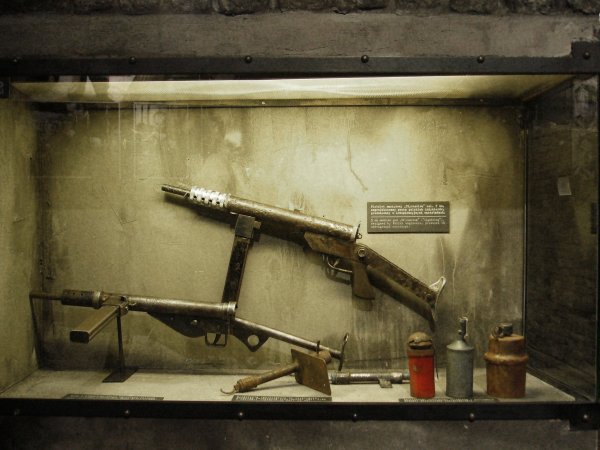Despite how common it is to see movies marketed as being “based on a true story” or “inspired by real events,” there’s often very little realism to be found in the 90 minutes between credits. Hollywood’s depictions of violence are always muddled by a combination of plot convenience, budget constraints, and a genuine lack of understanding of how real violent encounters play out, but as an audience, we tend not to care all that much.
Realism isn’t really what we go to the movies for, of course, otherwise the new Rambo flick would be about his battle with arthritis, and “Top Gun: Maverick” would tragically be about how many of his fellow aging pilots are dying of prostate cancer due to the high levels of radiation they’re exposed to in the cockpit. For the most part, we’d prefer that our movies make sense, but they don’t necessarily need to be tied to the laws of reality as we know them.
But there’s a downside to our willingness to suspend disbelief at the cinema: it eventually colors the way we see real violence. Thanks to movies, there are a number of misconceptions many of us harbor about how a fight plays out. Like the idea that the police owe you one phone call after you get arrested (it’s much more complicated than that), we eventually accept movie shorthand as the gospel truth, and before you know it, we just assume these things we see time after time are basically realistic.

Martin Riggs was saved by this trope in the first Lethal Weapon
(Warner Bros)
Getting shot in a bulletproof vest would totally ruin your day
One of the most commonly unrealistic tropes in any movie or TV show that depicts a gunfight is how effective “bulletproof vests” are at stopping inbound rounds. The scenes even tend to play out in the same way: the bad guy gets the drop on our hero, shooting him or her center mass and sending them sprawling backward. For a brief moment, it seems all is lost… that is, until our hero stands back up, revealing their magical bulletproof vest and, occasionally, acting a bit dazed from the experience.
Of course, in real life, getting shot in most bullet-resistant vests will feel like getting hit in the ribs with a baseball bat… and that’s assuming it stops the bullet at all. In real life, ballistic protection is broken down into ratings, with lighter, more malleable Kevlar vests usually good for little more than pistol caliber attacks, and large, heavy ballistic plates required to stop more powerful platforms like rifles. There’s a solid chance the 7.62 round from an AK-47 would go tearing right through the sorts of vests often depicted in films as being “bulletproof,” and even if it didn’t, the recipient of that round would be in a world of hurt for days thereafter.

The face you make when you realize you haven’t hit anything.
(Warner Bros)
Dual-wielding pistols helps make sure you don’t hit anything
There’s a long list of reasons you never see highly trained police officers or special operations warfighters engaging the bad guys with a pistol in each hand, but for some reason, movies keep coming back to the dual-wielding trope because somebody, somewhere just thinks it looks cool.
Some gunfighters will attest that in a close-quarters firefight, aiming can give way to something more akin to pointing, as you keep your field of view as open as possible to identify threats and move to engage them as quickly as you can. Even in those circumstances, however, managing the battlespace and the weapon requires your full attention, and splitting it between two pistols is a sure-fire way to lose the fight.
Without a spare hand to reload, clear malfunctions, and stabilize your weapon, your best case scenario is burning through the magazine in each pistol before having to drop them both to reload, and because you’re splitting your attention between weapons, chances are really good that you won’t manage to hit anything before you have to reload either.

This scene’s a lot darker when you realize Frank probably would have died in real life.
(Dreamworks Pictures)
Any tranquilizer dart that immediately puts you to sleep would probably just kill you
Tranquilizer darts are like quicksand traps: we all grew up worried about them, but they’re surprisingly absent from our actual adult lives. Of course, there’s good reason for that — neither are nearly as threatening as they’ve been made out to be.
The thing about tranquilizing someone with a dart is that the sort of drugs used to put a patient (or animal) to sleep are also very capable of simply killing them when administered in too high a dose. That means dosages of tranquilizers must be very carefully calculated based on the size, weight, and makeup of the target. A high enough dose to instantly put a subject to sleep (as is often shown in movies) would be far more likely to kill than subdue.
There’s a reason surgeons use anesthesiologists, or doctors that specialize in administering anesthesia, to “tranquilize” their patients… when it comes to the sort of drugs that can simply kill you, it pays to be careful.


























